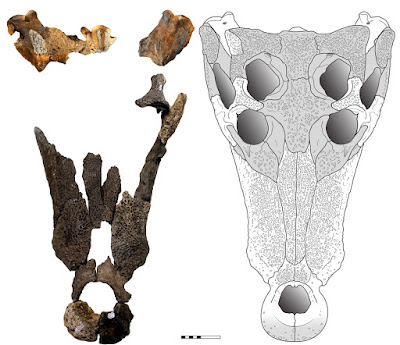 |
| Pteris latipinna Y.S.Chao & W.L.Chiou |
Abstract
Pteris fauriei is widely distributed in Eastern Asia and has high morphological variation. Some morphologically similar plants related to this species are difficult to distinguish. We showed that the new Pteris species from Taiwan, previously identified as P. fauriei, can be morphologically distinguished by its wide pinnae, larger terminal pinnae than the lateral pinnae in sterile fronds, and triangular basal segments of the lateral pinnae. It was confirmed that this species is phylogenetically separated from the other East Asian Pteris species, except for a morphologically distinct species P. arisanensis, by means of chloroplast genes, rbcL and matK. The new species is named as Pteris latipinna sp. nov., referring to its wide pinnae. Here, we provide a key to facilitate the identification of the morphologically similar Pteris species in Asia. The morphological descriptions, images, ecology, and distribution are also presented.
Keywords: Pteris, Pteris fauriei, Pteris latipinna, Taiwan, taxonomy
Pteris latipinna Y.S.Chao & W.L.Chiou, sp. nov.
Ecology: In shaded places, understory of evergreen broad leaf forests, below 1,000 m in elevation.
Etymology: The specific epithet ‘latipinna’ refers to its wide pinnae.
Yi-Shan Chao, Atsushi Ebihara, Wen-Liang Chiou and Yao Moan Huang. 2017. Pteris latipinna sp. nov. (Pteridaceae), A New Species Segregated from Pteris fauriei.
PhytoKeys. 85: 95-108. DOI: 10.3897/phytokeys.85.14884
PhytoKeys. 85: 95-108. DOI: 10.3897/phytokeys.85.14884














































































